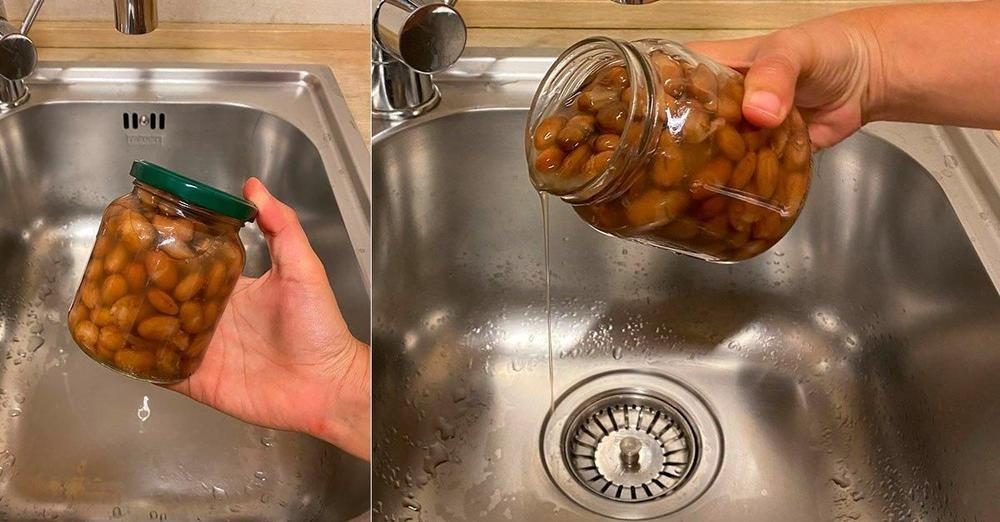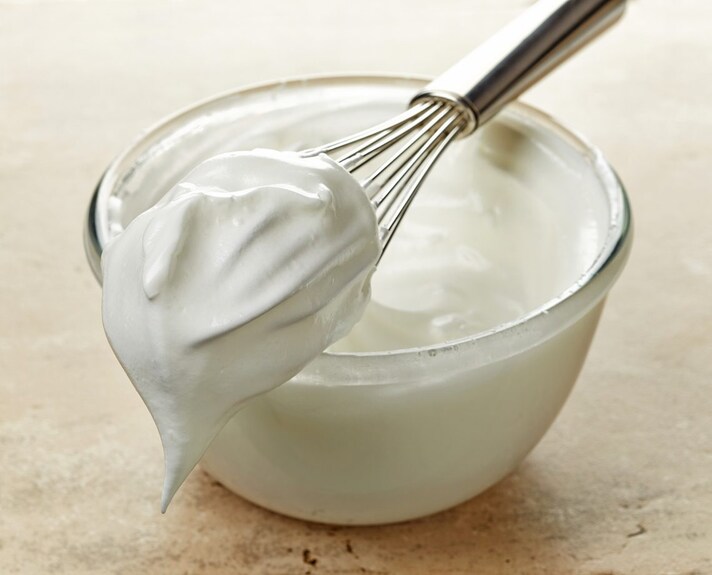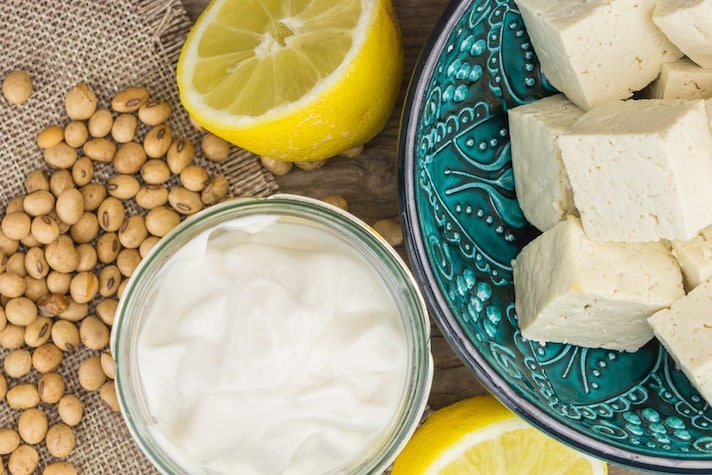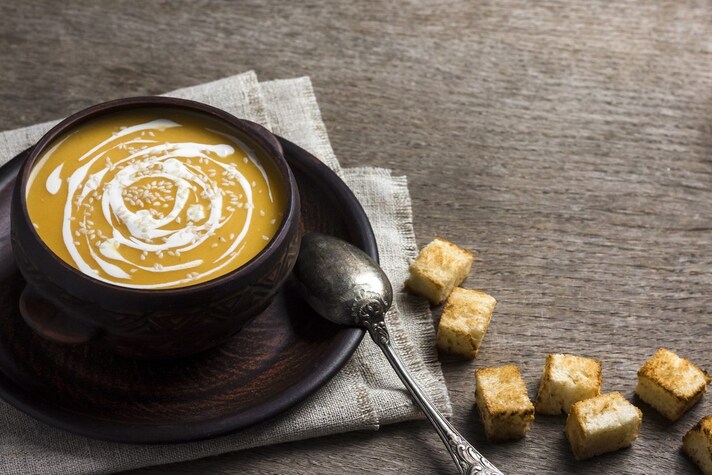How to Re-Use The Liquid From Canned Beans in The Kitchen to Avoid Waste (4 Genius Ways!)
Avoid waste by trying to use all parts of food, even scraps and liquids: this is not only contemporary cooking, but above all that of the future. If you care about the environment, in fact, reducing waste in the kitchen is a crucial step: today we tell you how to reuse the liquid from canned beans.
;Resize,width=742;)
Saving is the key word in modern cooking: knowing how to reuse scraps is essential to living in the world in a sustainable way. We have already talked about reusing cooking liquids and aquafaba, but perhaps you don't know that even the liquid from canned beans can be used in different ways in the kitchen. Here's how to reuse the water from canned beans by cutting waste and cooking in a sustainable way.
How to Reuse Water From Canned Beans
Canned legumes are usually soaked in a thick liquid called aquafaba (a word invented by vegan baker Goose Wohlt): whether they are beans, lentils or chickpeas, this is a liquid that can be used in a variety of ways. Of course, when it comes to reusing this liquid in the kitchen, we always suggest choosing organic legumes, grown without synthetic fertilizers or pesticides, and avoiding brands that do not contain preservatives such as calcium chloride. Another important thing when choosing canned beans is to check the salt levels: if possible, choose beans in glass jars with low salt and sugar content, foods that can be added for reasons of taste and not just "mere" preservation.
1. Vegetable Egg Whites

Thanks to the presence of proteins, starches and saponins, the liquid from canned beans is an excellent thickener, with great binding power: it can be whipped until stiff, just like egg whites. So, if you have a recipe that requires this step, you can easily replace it with aquafaba: excellent for cakes, leavened products and donuts. Before whipping it until stiff, make sure the aquafaba is cold: take it out of the fridge a few seconds before starting to work it. For a better result, we recommend using an electric whisk and whipping the aquafaba until light (3-4 minutes), medium (10 minutes) or firm (15-20 minutes). As for the proportions, consider that three tablespoons of aquafaba correspond to one egg.
2. Vegan Mayonnaise

Another way to use the water from canned beans and, more generally, from legumes, is to use it in a vegan mayonnaise, for the same properties we talked about above. To make it, just blend 100 ml of this liquid with a teaspoon of apple cider vinegar, then flavoring with a little mustard to taste.
3. Meringues

Meringues can also be made in a completely vegetal version, thanks to the water from canned beans. To bring these delights to the table, you will have to blend 100 ml of aquafaba with 1 teaspoon of lemon juice and 125 g of sugar, adding the sugar gradually; once you have obtained a firm mixture, arrange your meringues on a baking tray covered with baking paper and cook in the oven at 100 °C for 90 minutes in a fan oven.
4. Base For Broths

The liquid from canned beans is an excellent thickener for soups, broths and cream soups, but also for stews and casseroles: just be careful to combine the ingredients well. The aquafaba obtained from beans, in fact, has a stronger flavor than that obtained from chickpeas: if you have any doubts, we suggest using that from cannellini beans rather than that from borlotti beans.
How to Store Aquafaba
You can store aquafaba in the fridge for a week, closed in an airtight glass container, or in the freezer, using common ice cube trays. In the freezer, aquafaba can be stored for up to three months, but as always, before using it, pay attention to the smell: if it is too pungent, unfortunately the aquafaba must be thrown away.
;Resize,width=767;)
;Resize,width=712;)

;Resize,width=712;)
